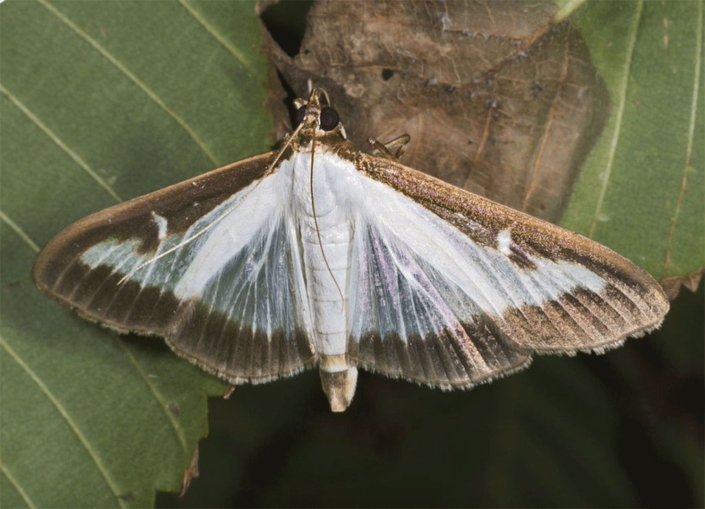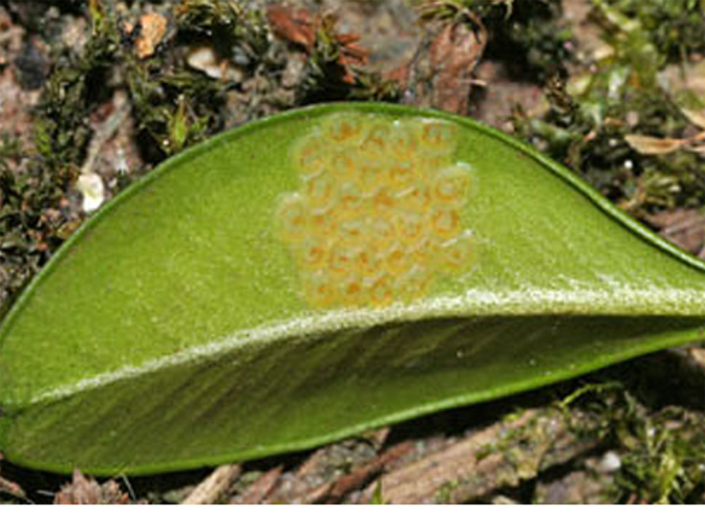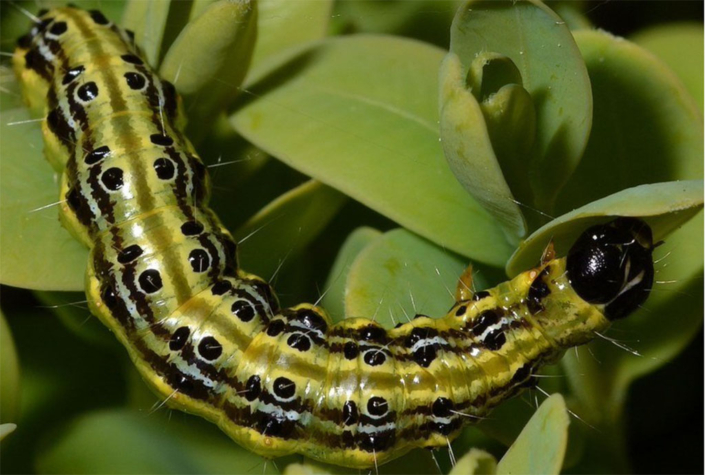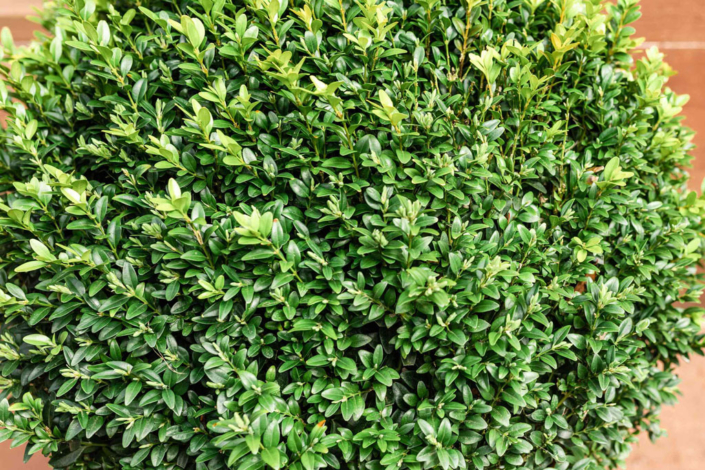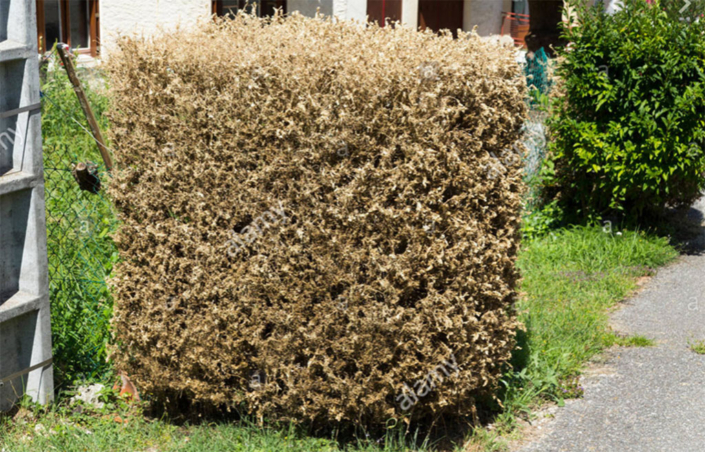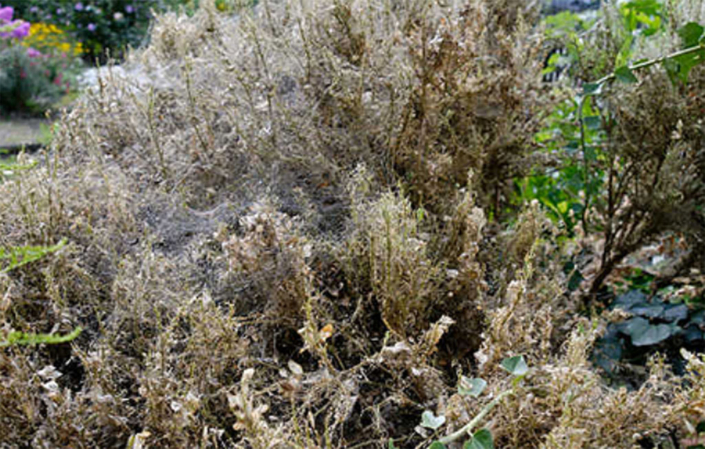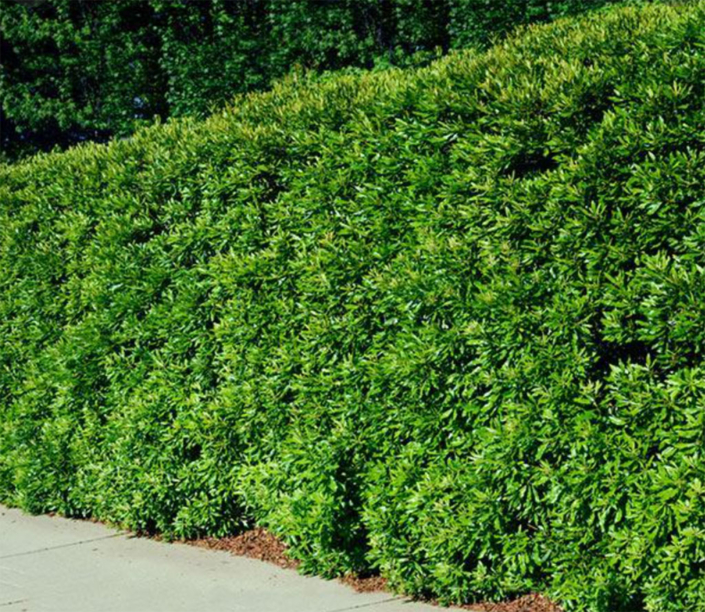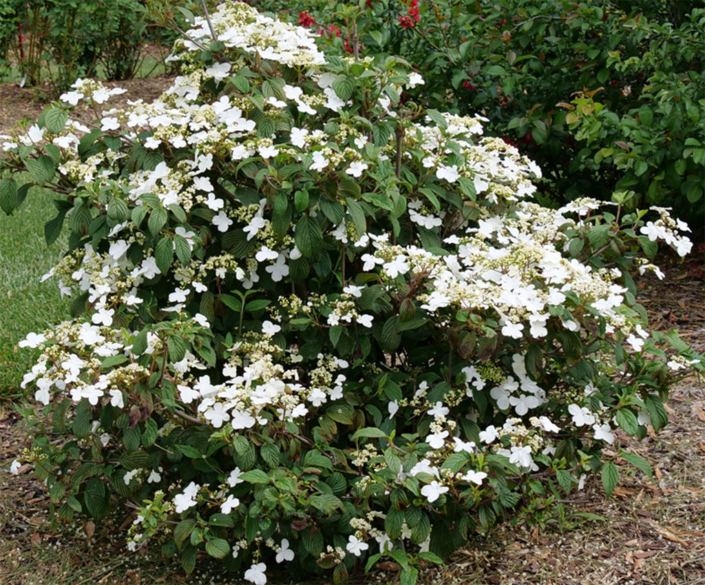New and Serious Threat to Boxwood Shrubs
(clockwise from top left) Box tree moth, box tree moth’s yellow eggs laid on the underside of boxwood leaves, healthy boxwood shrub, box tree caterpillar. (Below, see images of destroyed boxwood shrubs and healthy native alternatives.)
Please help us keep a sharp eye out for a new threat: The box tree moth.
The USDA on May 28 released important news about this invasive and incredibly destructive insect that first arrived in Germany in 2006. Since then, it has marched across Europe decimating most of the boxwood shrubs and forests in its path. By 2018, the moth, native to east Asia, had hitched a ride to Ontario, Canada.
Between August 2020 and April 2021, a nursery in Ontario shipped boxwoods that may have been infested with the box tree moth to locations in six states, including 25 retail facilities in Connecticut.
Thus far, the pest has been identified in three facilities in Michigan, one in Connecticut, and one in South Carolina.
If you see evidence of the box tree caterpillar and/or moth on your boxwoods, take a photo and email the image and location to nature@ficonservancy.org ASAP. We will inform the local USDA office in Connecticut, as requested by the USDA.
Box tree moth eggs are pale yellow and are laid on the underside of leaves in groups of 5–20, overlapping like shingles. Eggs take three days to develop and 14 days to mature. The caterpillars wreak havoc on leaves and bark before transforming into moths. Female moths start laying eggs 2-3 days after they start flying.
The entire lifecycle takes about a month and a half and can repeat multiple times between March and October. When infestations are small, remove leaves with eggs, pick off caterpillars, dunk them in soapy water, and bag the pests.
Check with your nursery or landscaper before planting new boxwood shrubs. For healthy, native plant alternatives to boxwood shrubs, please consider viburnum and wax myrtle (see images below).
(Images below, top row l-r) Boxwood shrub eaten by box tree caterpillar, webbing left behind by hungry box tree caterpillars. (Healthy native alternatives, bottom row l-r) Viburnum and wax myrtle.
